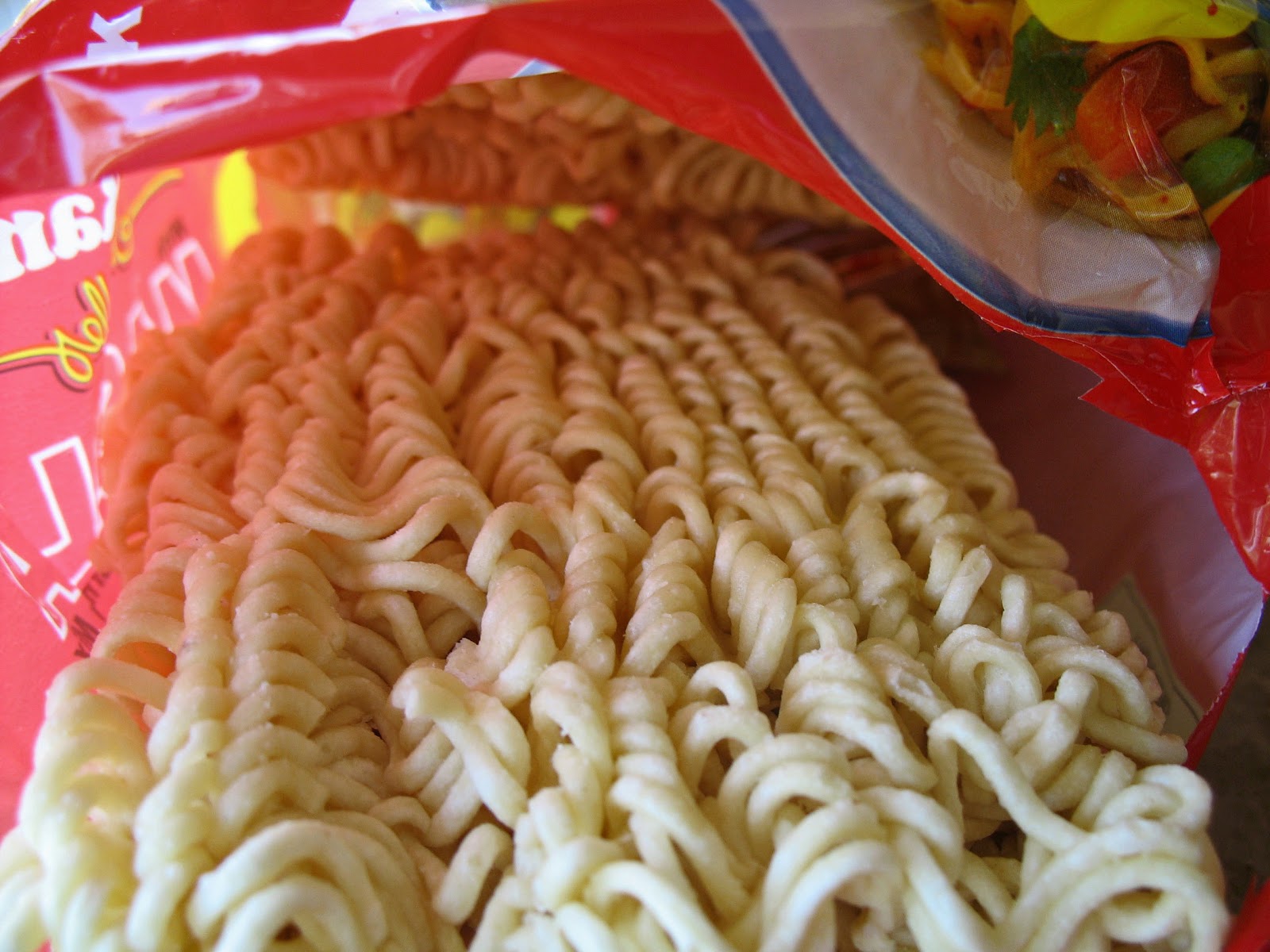Noodles Magazine is a must-read for food enthusiasts and noodle lovers alike. This publication dives deep into the world of noodles, exploring various types, cooking methods, and cultural significance. From traditional recipes to modern adaptations, Noodles Magazine provides valuable insights into this beloved staple food. In this comprehensive article, we will explore the various aspects of noodles, including their history, types, cooking tips, and much more.
Why should you care about noodles? Well, noodles are not just a quick meal; they are a culinary art form celebrated worldwide. Whether you enjoy Italian pasta, Asian ramen, or Middle Eastern couscous, noodles are an integral part of many cuisines. Furthermore, the versatility of noodles allows for endless possibilities in the kitchen, making them a staple for home cooks and professional chefs alike.
In this article, we will cover a wide array of topics related to noodles, ensuring that you gain a deeper understanding and appreciation for this delightful food. If you're ready to embark on a flavorful journey, let's get started!
Table of Contents
- History of Noodles
- Types of Noodles
- Cooking Methods for Noodles
- Popular Noodle Recipes
- Cultural Significance of Noodles
- Health Benefits of Noodles
- Sourcing Quality Ingredients
- Trends in the Noodle Industry
The Fascinating History of Noodles
The history of noodles dates back thousands of years, with some sources tracing their origins to ancient China around 2000 BC. Archaeological findings suggest that the earliest noodles were made from millet, a grain commonly used in Chinese cooking. As trade routes expanded, noodles began to spread across Asia and eventually to the Western world.
Interestingly, the introduction of noodles to Italy is often attributed to Marco Polo, who is said to have brought pasta back from his travels in China. However, evidence suggests that pasta-like dishes were already present in Italy prior to his journey.
Key Historical Milestones
- 2000 BC: The earliest noodles found in China.
- 9th Century: Noodles spread to Japan, leading to the creation of udon and soba.
- 13th Century: Marco Polo returns to Italy, sparking interest in pasta.
- 18th Century: Italian pasta gains popularity across Europe.
Exploring Different Types of Noodles
Noodles come in a variety of shapes, sizes, and textures, each with its own unique characteristics. Here are some of the most popular types of noodles from around the world:
Asian Noodles
- Ramen: Japanese wheat noodles, often served in a savory broth.
- Soba: Buckwheat noodles, known for their nutty flavor and health benefits.
- Udon: Thick, chewy Japanese noodles made from wheat flour.
- Rice Noodles: Used in dishes like pad Thai and pho, gluten-free and versatile.
Western Noodles
- Spaghetti: Long, thin Italian pasta, perfect for tomato sauces.
- Fettuccine: Flat, ribbon-like pasta often served with creamy sauces.
- Penne: Short tubes of pasta that hold sauce well, ideal for baked dishes.
Cooking Methods for Perfect Noodles
Cooking noodles may seem straightforward, but mastering the technique can elevate your dishes. Here are some essential cooking methods:
Boiling
The most common method for cooking noodles. Ensure you use plenty of water and salt for flavor. Follow package instructions for cooking times.
Stir-Frying
A popular technique in Asian cuisine. Cook your noodles first, then stir-fry with vegetables and proteins for a quick meal.
Delicious Noodle Recipes to Try
Here are a few popular noodle recipes that you can easily make at home:
- Classic Spaghetti Aglio e Olio: A simple yet flavorful dish made with garlic, olive oil, and red pepper flakes.
- Chicken Ramen: A comforting bowl of ramen topped with tender chicken, soft-boiled eggs, and green onions.
- Vegetable Pad Thai: Stir-fried rice noodles with vegetables, peanuts, and a tangy sauce.
Cultural Significance of Noodles
Noodles hold a special place in various cultures around the world. In many Asian countries, noodles symbolize longevity and prosperity, often served during celebrations and festivals. In Italy, pasta is a staple food, reflecting the country's rich culinary heritage.
Health Benefits of Noodles
Noodles can be part of a balanced diet when consumed in moderation. Here are some health benefits:
- Rich in carbohydrates, providing energy for daily activities.
- Varieties like whole grain or buckwheat offer additional fiber and nutrients.
- Can be paired with vegetables and proteins for a well-rounded meal.
Sourcing Quality Ingredients for Noodles
To create delicious noodle dishes, sourcing high-quality ingredients is essential. Here are some tips:
- Choose fresh vegetables and proteins to enhance flavor and nutrition.
- Look for artisanal noodles made from high-quality grains.
- Don’t hesitate to explore international markets for authentic ingredients.
Trends in the Noodle Industry
The noodle industry is constantly evolving, with new trends emerging. Some current trends include:
- Gluten-free noodles made from alternative grains.
- Plant-based noodles catering to vegan diets.
- Ready-to-eat noodle bowls for convenience.
Conclusion
In conclusion, Noodles Magazine is your go-to source for everything related to noodles. From their fascinating history to the various types and cooking methods, noodles are a versatile and beloved food enjoyed by many. We hope this article has inspired you to explore the world of noodles further and try your hand at some delicious recipes.
We invite you to leave a comment below sharing your favorite noodle dishes or any tips you have for cooking noodles. Don't forget to share this article with fellow noodle lovers and explore more content on our site!
Final Thoughts
Thank you for joining us on this flavorful journey through the world of noodles. We hope to see you back again for more delicious content. Until next time, happy cooking!


